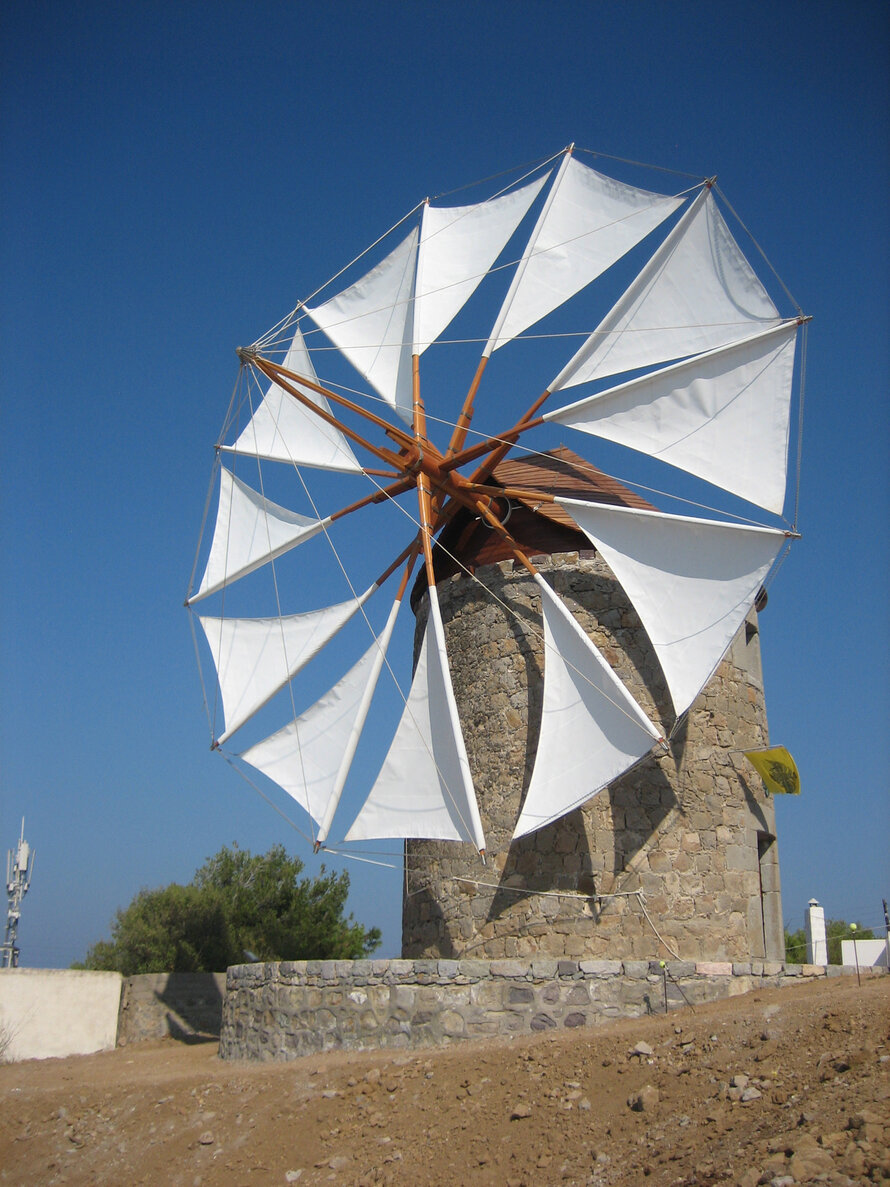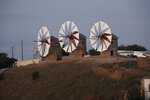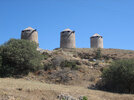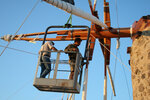The Windmills of St John the Theologian Monastery's , Island of Patmos
Patmos is one of Europe's most important historical and religious pilgrimage sites. The Monastery's three windmills sit atop a hill in the UNESCO world heritage town of Chora. Two were built in 1588, the third in 1863. When flour production ceased in the 1950s, the windmills were ...
Read more
Project details
| Title: | The Windmills of St John the Theologian Monastery's , Island of Patmos |
|---|---|
| Entr. year: | 2012 |
| Result: | Award |
| Country: | Greece |
| Town: | Patmos, Dodecanese |
| Category type: | building conservation |
| Notes: | MISSED DOSSIER |
| Building type/ Project type: | industrial heritage |
| Former use: | Windmills |
| Actual use: | Living museum |
| Built: | 1588 - 1863 |
| Architect / Proj.leader: | Daphne Becket - Chary, Architect and Project Manager |
| The Jury's citation: | "Who could resist a sense of exhilaration at the sight of these windmills, in a row, on top of the island, fully restored and spinning against the sky? The jury was asked to consider several different mills from across Europe for this year’s awards and comparisons were therefore inevitable. Among the windmills, the Jury agreed that this group in Patmos was outstanding in the detail and completeness of its restoration, and in the imaginative uses to which each mill was to be put for future production or education. As a group, the three form an integral part of the island landscape’s aesthetic, as well as contributing to its economy as an important and original example of proto-industrial heritage." |
| GPS: | 37°18'33,0" N; 26°32'51,3" E |
| Web, Links: | www.patmosmonastery.gr/
|
Description:
Patmos is one of Europe's most important historical and religious pilgrimage sites. The Monastery's three windmills sit atop a hill in the UNESCO world heritage town of Chora. Two were built in 1588, the third in 1863. When flour production ceased in the 1950s, the windmills were abandoned and fell into disrepair, as did most of the windmills in Europe. This project aimed at restoring the windmills to their original appearance and design; at making them productive by reinstating their traditional use and adapting them to new uses; at opening them to the public as a living museum; at recapturing and applying lost knowledge; at delighting and educating both islanders and visitors alike by providing a living, working, aesthetically beautiful heritage site.
Similar projects

16th-18th century
18th and 19th century
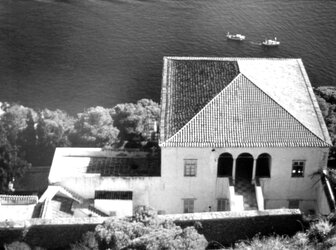
19th century
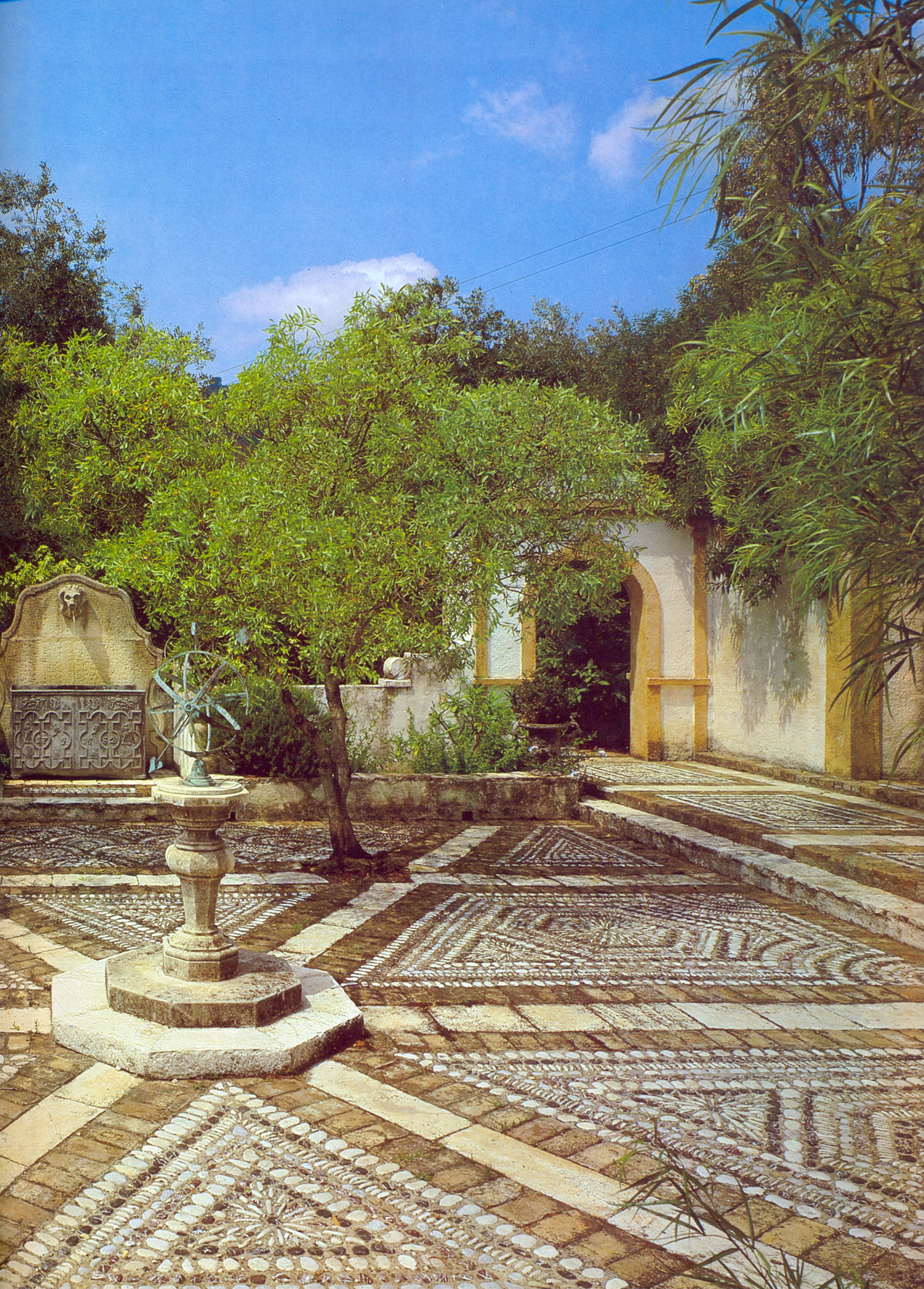
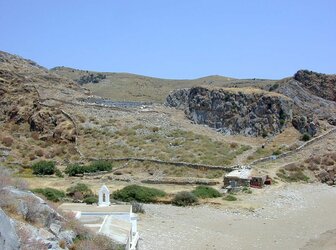
530-288 BC
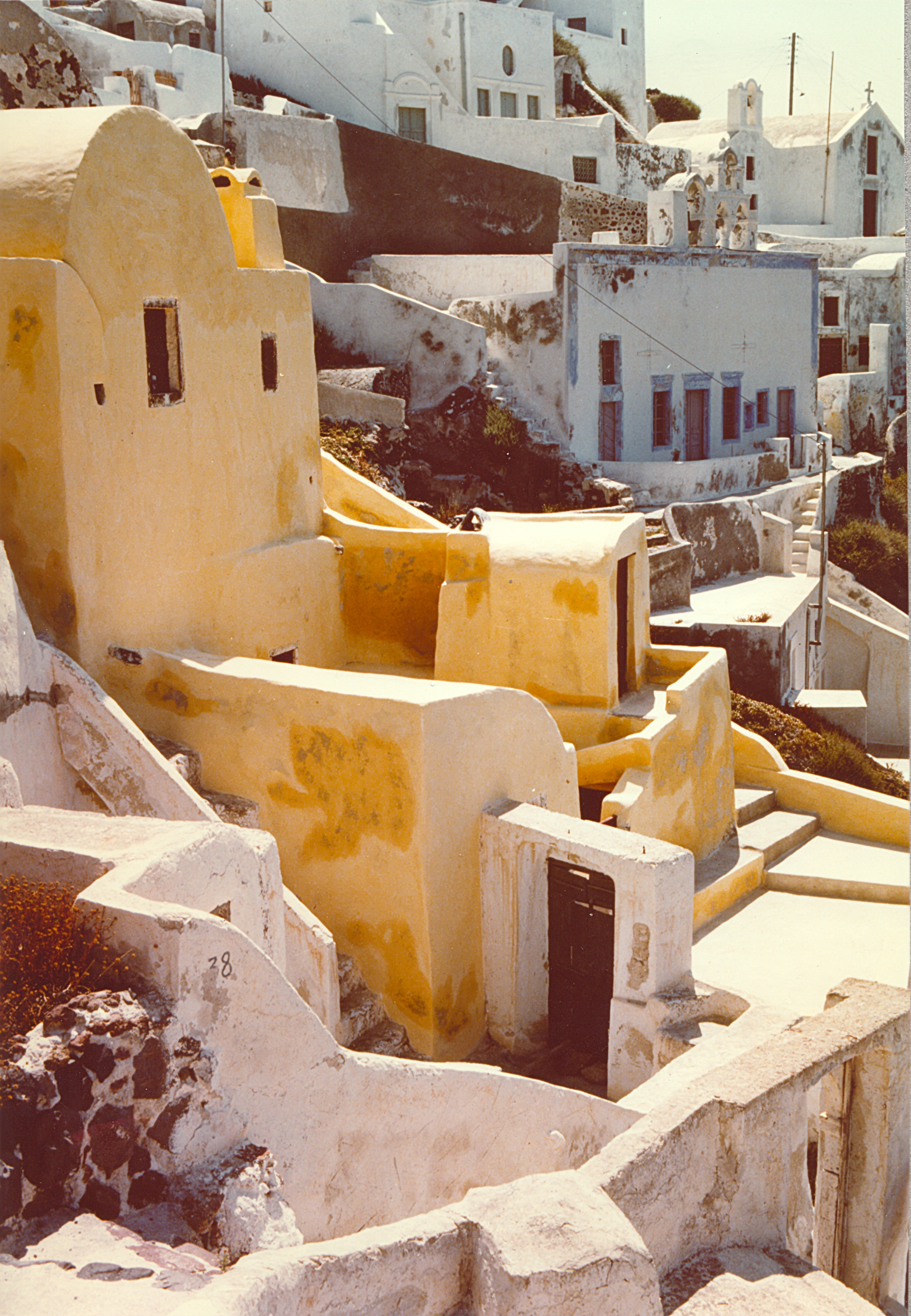
15th-16th century

31 BC

19th century
437 BC
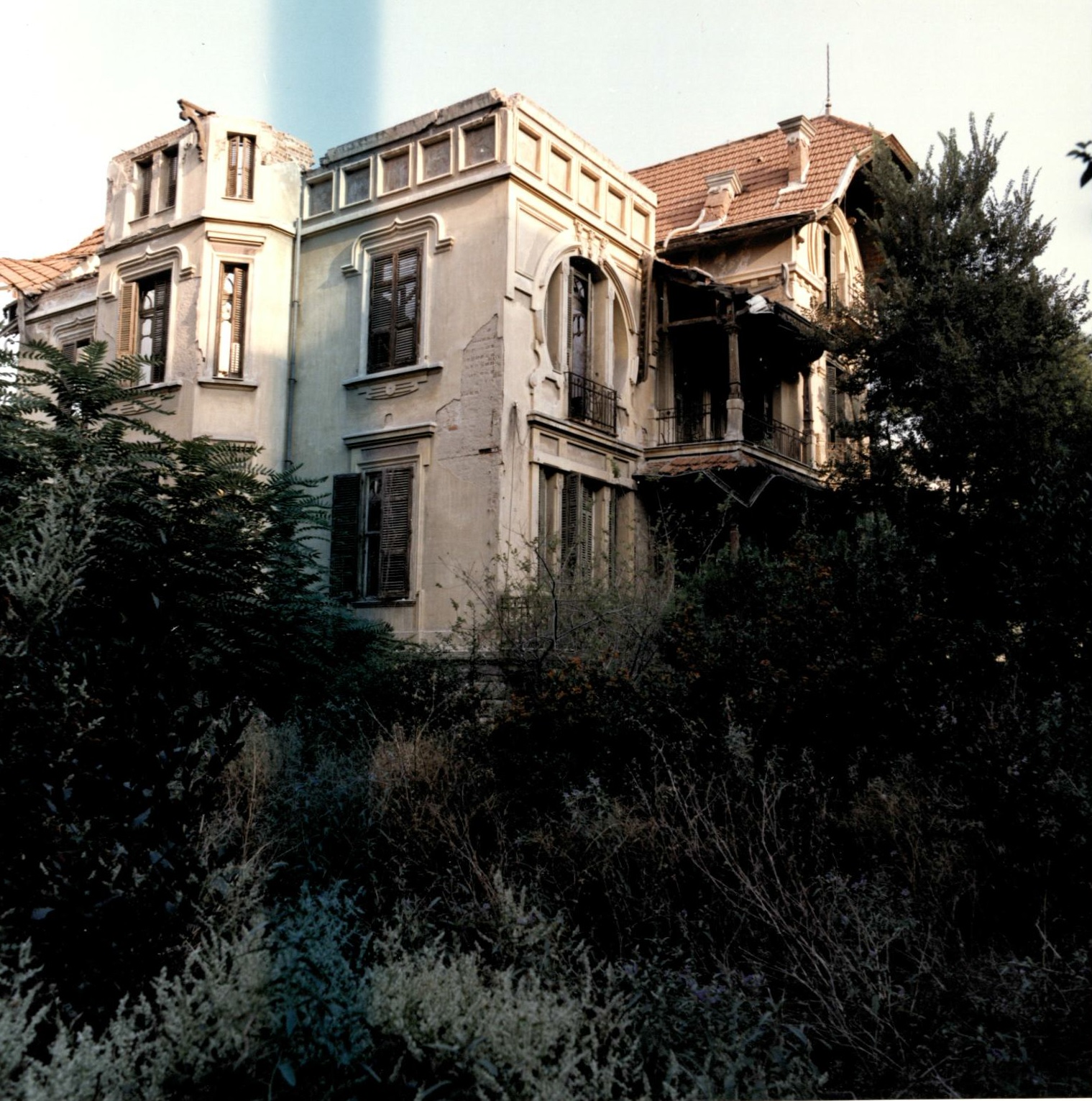
1911
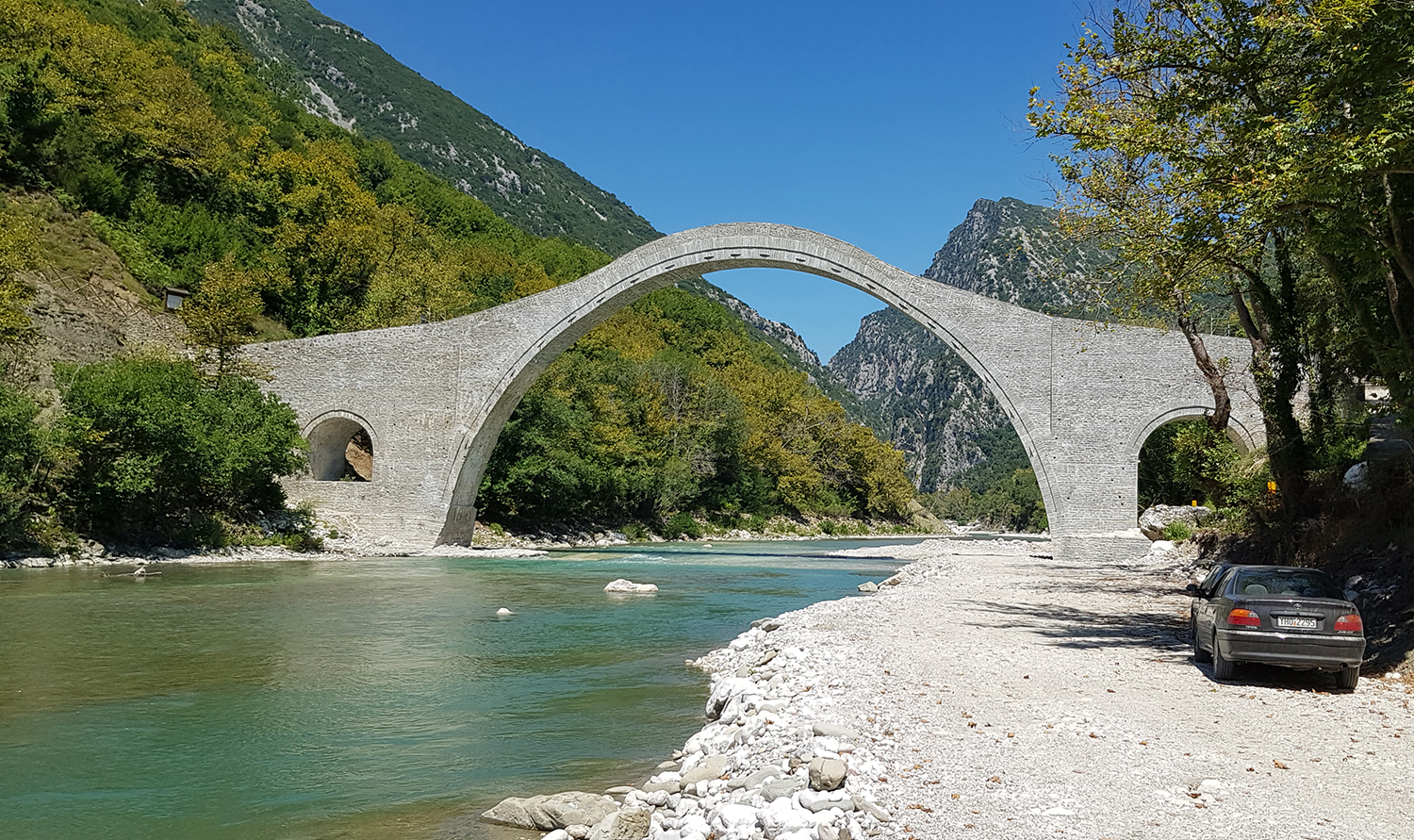
1866
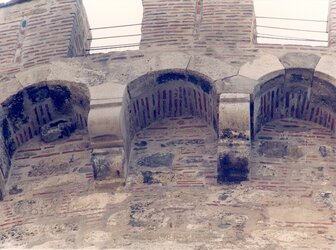
16th century
